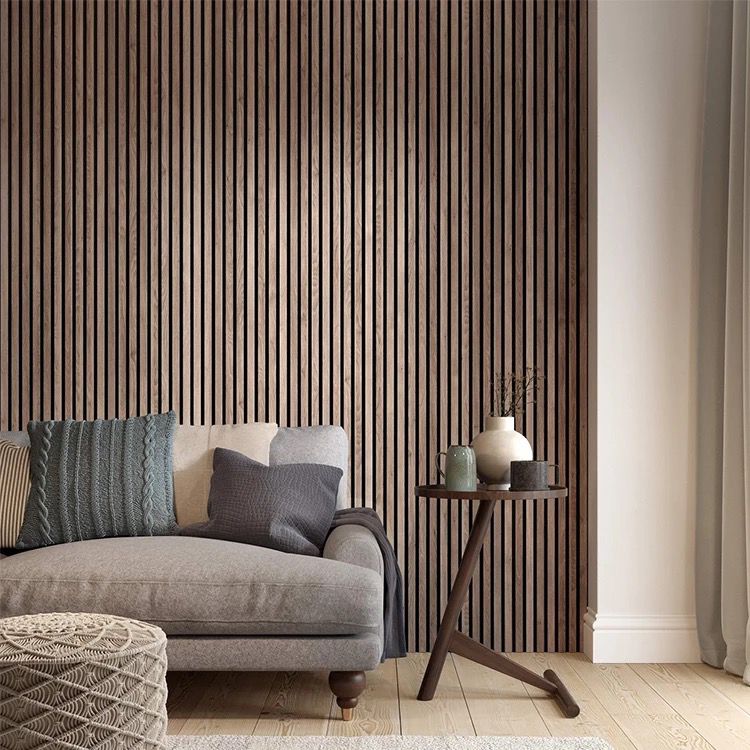When improving home acoustics, DIY acoustic panels have gained popularity among homeowners seeking affordable, customizable solutions. However, one question often arises: Are DIY acoustic panels for homes safe? This guide explores the safety aspects of these panels, offering insights for beginners and seasoned DIY enthusiasts.
Why Choose DIY Acoustic Panels for Homes?
DIY acoustic panels for homes are practical for reducing noise and improving sound quality without breaking the bank. Some reasons why homeowners prefer them include:
- Cost-Effective: Compared to professionally installed panels, DIY options are budget-friendly.
- Customizable: Tailor the design, size, and fabric to match your home décor.
- Accessible Materials: Most supplies are readily available at local hardware stores.
Common Uses of DIY Acoustic Panels
DIY acoustic panels can be used in various home settings, such as:
- Home Offices: Reduce echo for clear audio during virtual meetings.
- Home Theaters: Enhance movie-watching experiences by improving sound quality.
- Music Studios: Absorb unwanted noise and reverberation during recording.
Safety Concerns with DIY Acoustic Panels for Homes
While these panels are a practical choice, understanding their safety considerations is crucial. Here are the key areas to address:
1. Material Safety
When building DIY acoustic panels, the materials you use significantly impact safety. Common materials include:
- Fiberglass: Excellent for sound absorption but requires proper handling to avoid skin irritation or inhalation risks.
- Rockwool: Another effective option but may release fine particles harmful if inhaled.
- Wood Panels: Safe and eco-friendly but should be treated to prevent pests or mold.
- Fabric Covers: Ensure the fabric is flame-retardant for enhanced safety.
Key Tips:
- Always wear gloves, masks, and protective eyewear when handling fiberglass or rock wool.
- Choose non-toxic, low-VOC adhesives and finishes.
2. Fire Resistance
One of the most critical safety considerations for DIY acoustic panels for homes is their fire resistance. Poorly made panels can be a fire hazard if they ignite easily.
How to Ensure Fire Safety:
- Use fire-retardant materials, including treated wood and flame-resistant fabric.
- Avoid installing panels near heat sources like radiators or electrical outlets.
- Consider treating DIY panels with a fire-resistant spray for added protection.
3. Structural Stability
DIY acoustic panels must be securely mounted to ensure they don’t pose risks of falling, especially in high-traffic areas.
Tips for Safe Installation:
- Use sturdy brackets or wall anchors to hold the panels in place.
- Regularly inspect the mounting hardware to ensure it remains secure.
- Keep panels lightweight to minimize potential damage in case of accidental detachment.
How to Make DIY Acoustic Panels for Homes Safely
Creating safe and effective DIY acoustic panels for homes involves following a step-by-step process:
Step 1: Gather Materials
- Wood Frames: Pine or plywood works well.
- Sound Absorption Material: Fiberglass, rock wool, or foam.
- Fabric: Acoustic-grade and flame-resistant.
- Tools: Measuring tape, staple gun, scissors, and drill.
Step 2: Assemble the Frame
- Cut wood to the desired size.
- Assemble the frame using screws or brackets.
Step 3: Add Sound Absorption Material
- Cut the material to fit snugly within the frame.
- Secure it using adhesive or staples.
Step 4: Cover with Fabric
- Stretch the fabric tightly over the frame.
- Staple it to the back, ensuring no loose edges.
Step 5: Mount the Panels
- Attach mounting brackets or hooks to the back.
- Secure the panel to the wall at the desired location.
Tip: Keep tools and materials out of children’s reach to prevent accidents during the DIY process.
Pros and Cons of DIY Acoustic Panels for Homes
Pros:
- Affordable: Build panels at a fraction of the cost of professional installations.
- Customizable: Match panels to your interior design.
- Accessible: Materials are easy to source.
Cons:
- Time-Consuming: Requires effort and patience to assemble.
- Safety Risks: Improper material handling or installation can pose hazards.
- Quality Variance: DIY results may vary depending on skills and materials used.
Common Acoustic Panel Materials
| Material | Pros | Cons |
|---|---|---|
| Fiberglass | Highly effective at soundproofing | Requires careful handling |
| Rockwool | Affordable and efficient | Can release fine particles |
| Foam Panels | Easy to work with | Less effective for low frequencies |
| Wood Panels | Eco-friendly and aesthetic | Requires pest and mold treatment |
FAQs: DIY Acoustic Panels for Homes
1. Are DIY acoustic panels as effective as professional ones?
Yes, if constructed correctly, DIY panels can offer similar soundproofing benefits at a lower cost.
2. Can I use household items for soundproofing?
While materials like blankets or rugs can reduce noise, they are not as effective as dedicated acoustic panels.
3. What is the best fabric for DIY acoustic panels?
Choose flame-retardant fabrics that are breathable and durable, such as burlap or polyester blends.
4. How can I ensure my DIY panels are safe for kids and pets?
Use non-toxic, low-VOC materials, and secure the panels firmly to the wall.
5. Do DIY acoustic panels require maintenance?
Yes, regularly inspect for wear, loose mounting hardware, or fabric damage. Clean the surface gently to remove dust.
Conclusion
DIY acoustic panels for homes are a cost-effective and customizable way to improve your home’s sound quality. By choosing safe materials, ensuring fire resistance, and following proper installation techniques, you can create panels that are both effective and secure. Whether you’re setting up a home theater or reducing noise in a busy home office, DIY acoustic panels offer a rewarding and practical solution.








